Driving with underinflated tires is never ideal, but if you should need to, then it’s important to recognize the point at which doing so becomes dangerous. How long can you drive with low tire pressure?
You can drive 50 miles safely on low tire pressure. But in ideal circumstances, you should have the pressure adjusted as soon as you realize you have low tire pressure.
However, driving 50 miles on low tire pressure is only ever safe if your tire is just 5 to 10 psi low on air. Anything greater than 10 psi becomes extremely dangerous.
Because under inflation is a downright dangerous condition on the road, and it’s important to rectify low tire pressure as soon as you can.
Not to mention driving on low tire pressure will accelerating tire wear and can cause handling problems.
But how long can you drive with low tire pressure before facing some serious consequences?
In this blog post, we’ll cover knowing the right psi levels for your vehicle. Then we will cover what happens if you continue driving on soft tires. So let’s get started!
Most modern cars have a low tire pressure sensor that will let you know when your air pressure is outside of normal parameters. This warning is indicated by the orange or yellow tire pressure light.
Many auto manufacturers allow up to 25% air loss before activating the TPMS light. So, as an example, if your recommeded tire pressure is 35 psi, than the TPMS light would not activate until the pressure drops to around 34.75 psi.
Fact is, this warning on your instrument panel isn’t just for show; the Federal Motor Carrier Safety Administration (FMCSA) advises that “properly maintained tires aid drivers in preventing and mitigating crash situations.”
In addition, low tire pressure is at least partially responsible for 33,000 accidents annually, according to the National Transportation Safety Board.
As such, the questions shouldn’t be “How long can I drive on low tire pressure,” but rather “How soon can I get air in my tire?”
Reduced pressure in your tire increases your risk of tire blowout due to the buildup of heat. Overall, this makes your tires more susceptible to punctures, reduces handling, and harms fuel economy.
Overall, this makes your tires more susceptible to punctures, reduces handling, and harms fuel economy.
The following situations can cause low tire pressure in your car:
Driving with low tire pressure can also cause your tread to wear unevenly, prompting the need for an earlier tire replacement.
As such, you shouldn’t be going on longer journeys when your tire pressure is low, especially at high speeds. Doing so increases your risk of injury and can damage your vehicle.
When it comes to your tires, don’t let their pressure dip too low – that can lead more than just premature wear-and-tear.
Without adequate pressure levels in the tire, you might find yourself on the receiving end of a blowout. A blow out can be very dangerous and lead to an accident.
In fact, there are more than 250,000 accidents yearly due to low tire pressure. And 75% of all roadside flats occur because of low tire pressure. Annually, low tire pressure is the cause for more than 33,000 injuries.
Maintaining the proper air pressure in your car tires is critical. It’s no wonder that experts recommend regular checks of tire pressure to ensure safety on the road.
The small effort it takes to keep an eye on the inflation of car tires pays off huge in peace of mind, not to mention potential savings on repairs down the line too.
There are a number of reasons why it’s foolhardy to drive with low tire pressure, but if you must, then try to limit your driving to under 50 miles.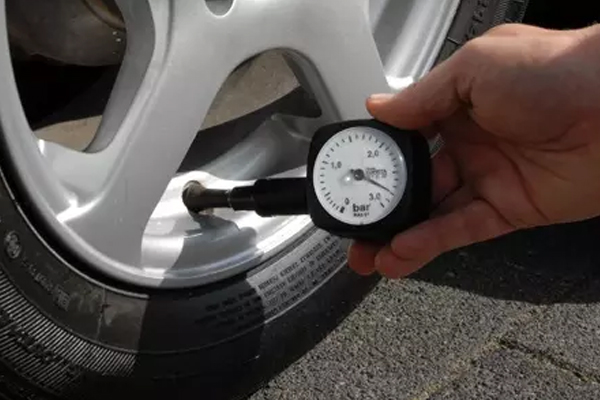
You may not suffer any noticeable ill effects from driving with low tire pressure, but doing so does make you more susceptible to accidents.
The answer to how long you can drive with low tire pressure is “as little time as possible.”
Have you ever driven on low tire pressure? What was your experience like? Tell us in the comments below.
Last Updated on January 9, 2023
Christopher
Loves anything with a motor and wheels.
Christopher is an internet technology expert and mechanical engineer. When he’s not at the local autocross event, he can often be found working on one of his cars. He loves nothing more than taking something apart and putting it back together again. Email me direct, or learn more about us
In the event of full pressure loss, limited mobility (no sudden driving maneuver) it is possible to drive for a distance of 50 miles, at a maximum speed of 50 miles per hour. The run flat distance will be influenced by driving style, speed, type of road, weather conditions, tire condition and vehicle load.
The run flat distance will be influenced by driving style, speed, type of road, weather conditions, tire condition and vehicle load.
| View complete answer on continentaltire.custhelp.com
Is it Safe to Drive? If your tire pressure is only slightly low, you should be able to drive safely for a few more miles until you can add air. Tire pressure that is extremely low can lead to tire failure. This can result in a blowout, which can be extremely dangerous.
Takedown request | View complete answer on villageautoworks.com
Once you know you've lost tire pressure, you should carefully reduce speed to a maximum of 50 mph as soon as possible. Additionally, you shouldn't drive for more than 50 miles on a run-flat once it loses pressure.
| View complete answer on mbscottsdale.com
If the light has just turned on and you need to find your way to our shop or to an air pump, you should be fine. However, continuing to drive your car with the light on is not safe. Here's why! When you drive your vehicle with low tire pressure, you are causing your tire to wear down excessively and prematurely.
Takedown request | View complete answer on davesautomotivepa.com
If you have standard passenger tires (ninety percent of vehicles do) the lowest tire pressure you can generally drive with is 20 pounds per square inch (PSI). Anything under 20 PSI is considered a flat tire, and puts you at risk for a potentially devastating blowout.
Takedown request | View complete answer on protectmycar.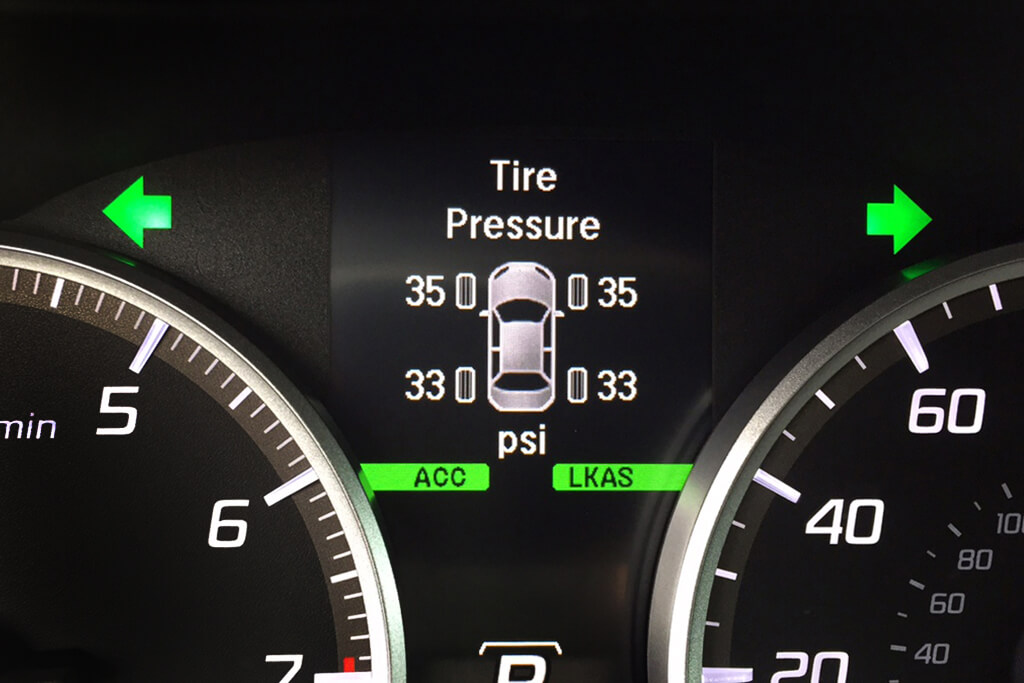 com
com
Tire pressure between 32 to 35 PSI is most suitable for most vehicles. However, one can go as low as 20 PSI (although that is not recommended). Anything below 20 PSI is considered a flat tire.
Takedown request | View complete answer on jdpower.com
Is 28 psi too low for tires? Most passenger car tires require 32 psi to 35 psi, so, yes, 28 psi is too low for tire pressure. Make sure each tire is filled with the proper pressure and that the stem caps are put back on securely afterwards.
| View complete answer on forcebymojio.com
A tire with low pressure will flex more. This generates excess heat that will overheat the other components in the tire, causing them to break down. A faulty tire can cause a serious accident on the road. Low pressure in the tire also reduces the efficiency of your car, meaning you'll spend more on fuel.
Takedown request | View complete answer on jeffsautomotive.com
This can be caused by deteriorated rubber, improper installation, corroded or rusted wheels, a bent rim, or debris that's become lodged in between the seal.
Takedown request | View complete answer on mccarthycollisioncenters.com
The short answer is no—you cannot drive with a flat tire.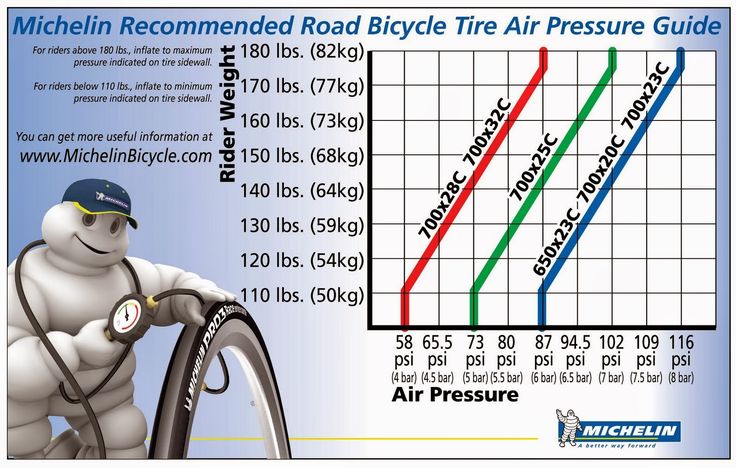 While you might be tempted to “limp” your tire to the repair shop, you cannot drive with a flat tire.
While you might be tempted to “limp” your tire to the repair shop, you cannot drive with a flat tire.
| View complete answer on chapelhilltire.com
Why My Tire Keeps Losing Air. There are three main reasons why a tire may lose pressure. The wheel may have issues, the tire may be damaged, or could the effect of a drop in temperature. The two issues which cause a tire leak are a leaking valve stem and a damaged wheel.
Takedown request | View complete answer on truronissan.ca
For every 10-degree drop in temperature, your tire loses 1 PSI. If the temperature drop is significant, air pressure could plunge, resulting in underinflated tires in the morning. This situation usually occurs when the daytime temperature is between 70 and 80 degrees and the night temperature drops to 30 or 40 degrees.
| View complete answer on burtbrothers.com
When you continue to drive on a tire with low pressure, you run the risk of tire failure. Imagine you're driving 60 mph on a highway and your tire blows. An incident like this can cause you to lose control of your vehicle at a high speed — endangering yourself, your passengers and others on the road.
Takedown request | View complete answer on topdriver.com
Most tires are made to drive with no less than 20 psi and no more than 50 psi at any time. Also since 2008, all passenger cars sold in the US come standard with a Tire Pressure Monitor System (TPMS) in order to alert the driver of a flat tire. If you have a Tire Pressure Monitor Light on, click here.
Takedown request | View complete answer on aplusjapaneseautorepair. com
com
Anything below 20 psi is considered a flat tire, and driving on it can damage your car. If your tires are this low, you should add air. Recommended tire pressures usually range between 32 psi and 35 psi. A 10-degree temperature change will change your tire pressure by about one psi.
Takedown request | View complete answer on getjerry.com
Most passenger cars' psi requirement will be between 30 to 35 psi, but several vehicles fall outside of that range and every vehicle will have specific requirements. Good tire air pressure ensures that tires wear evenly, provide a smooth ride, and increase fuel efficiency.
Takedown request | View complete answer on discounttire.com
While a psi of 26 is nothing to worry about, you should check your vehicle's owner manual or the tires themselves for the recommended tire pressure.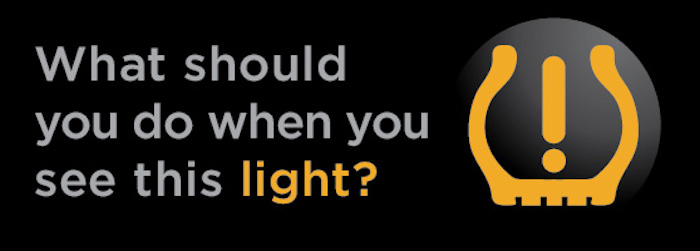 Your TPMS will warn you when a tire's air pressure is too low – typically about 25% below manufacturer-recommended pounds per square inch.
Your TPMS will warn you when a tire's air pressure is too low – typically about 25% below manufacturer-recommended pounds per square inch.
| View complete answer on quora.com
What to do if you have a tire blowout
| View complete answer on allstate.com
It is safe to drive with a tire pressure of 26. But the recommended tire pressure for most vehicles is between 32 and 35 PSI.
Takedown request | View complete answer on autosninja.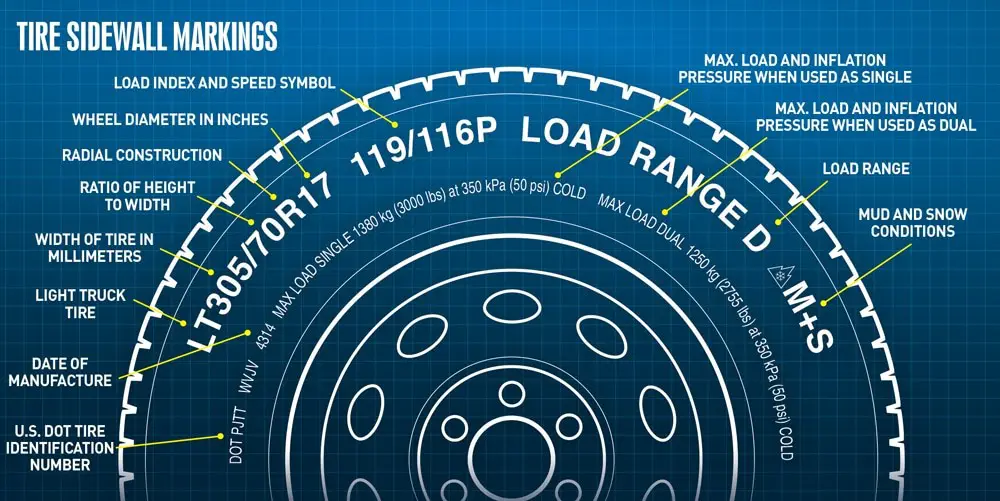 com
com
You may be in need of a replacement TPMS kit, which is affordable and can be installed by your service technician. Running over a nail or a sharp object can puncture the tire tread and inner liner, resulting in slight to major air loss daily.
Takedown request | View complete answer on nsford.com
Tires. Hitting a pothole can be jarring to your tires, says Cox. And if the force is great enough, the sudden shift of air inside the tire can cause the sidewall to blow out. “Think of it as being like a balloon,” says Cox.
Takedown request | View complete answer on geico.com
It can happen at any time of day. Flat tires can be as loud as a tire blowout or they can also be a very silent hiss. There are different signs of a flat tire. However, not all of us are able to recognize them right away.
There are different signs of a flat tire. However, not all of us are able to recognize them right away.
| View complete answer on premiotowingcompany.com
No. Do not drive on a flat tire. However, it may be necessary to travel a short distance on a flat tire when pulling over to the side of the road. But driving on a flat tire is a surefire way to put your passengers at risk and seriously damage your vehicle.
Takedown request | View complete answer on firestonecompleteautocare.com
Although rare, tire explosions can lead to devastating consequences. The next time your tire goes flat, you might want to think twice before filling it with air. It's a rare occurrence, but under certain circumstances, a damaged car tire can suddenly explode, leading to devastating consequences.
| View complete answer on insideedition.com
Try not to go faster than about 15-20 miles per hour on a flat. Doing so may cause irreparable damage to the metal wheel beneath the tire, and could even cause you to lose control of the vehicle.
Takedown request | View complete answer on wikihow.com
← Previous question
Can you do a pirates life solo?
Next question →
Who kills Lionel Brown in Outlander book?
Vladimir Gavrilov
Estimated reading time: 5 minutes
10670
Category: Service Auto
It happens that on the way, warnings about a malfunction of a particular technical system light up on the dashboard. Is it worth responding to them instantly, or is there still an opportunity to reach home?
Is it worth responding to them instantly, or is there still an opportunity to reach home?
A modern car is equipped with many systems that consume oil. Even with a quiet ride, its level gradually decreases, and after about 5-7 thousand kilometers after maintenance, the signal light comes on. Naturally, this always happens at an unexpected moment, there is no refilling canister at hand, you have to go as is. Some drivers, having reached the store, immediately run to buy a new can of oil. Others forget about the yellow light bulb and drive with it for weeks, until finally the inner voice of conscience begins to disturb the soul and urge them to stop being lazy. Are these worries justified and how far can one actually drive without harm to the equipment?
It should be noted that the car has two oil indicator lamps. One - yellow - signals a decrease in its level by about a liter. And the second - red - notifies the driver of a sharp drop in pressure in the system.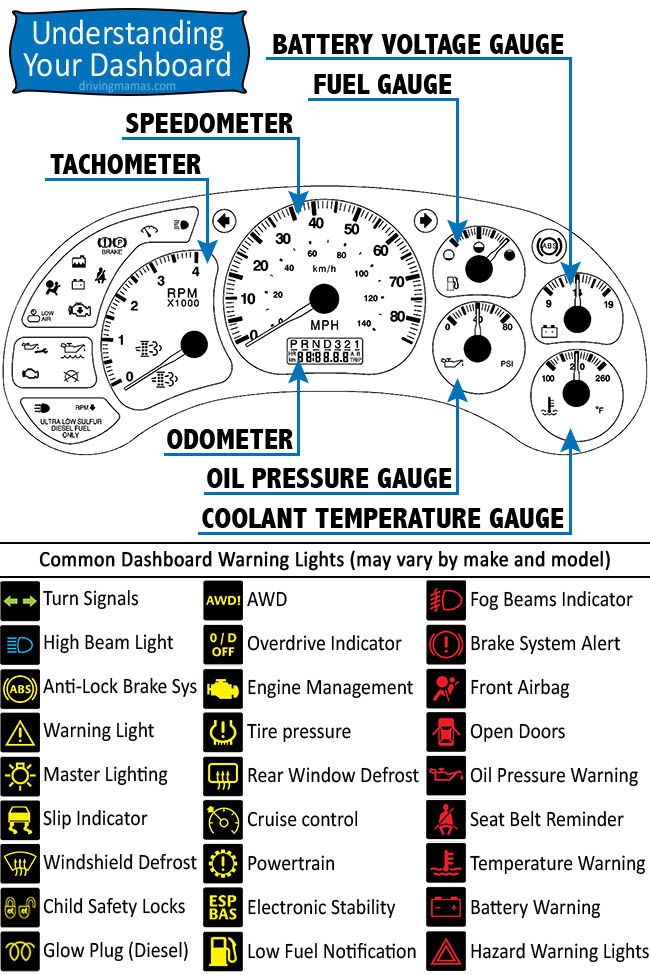 Both bulbs are "tied" to different sensors and work independently of each other. Let's consider their purpose in more detail.
Both bulbs are "tied" to different sensors and work independently of each other. Let's consider their purpose in more detail.
During operation, the car consumes not only fuel, but also oil. Gradually, its level decreases depending on the design of the motor and the driving style of the driver. There is a natural waste of the lubricating fluid in the cylinders. The oil evaporates and escapes through the exhaust manifold into the atmosphere.
Higher oil consumption is allowed for turbocharged engines. With active driving, it takes about 1 liter per thousand kilometers. If you move quietly, without active acceleration, the yellow light will light up after about 5 thousand km.
Car manufacturers do not prohibit driving with a yellow lamp. The oil pump, in principle, provides the necessary lubrication pressure, its circulation does not stop, and the rubbing mechanisms are protected. However, it is strongly recommended not to delay topping up and replenish the oil level faster.
If you do not pay attention to the technique and do not make up for the shortage of oil, then after a critical decrease, problems with the pump and, as a result, with the engine itself may begin. If the oil level drops by another half a liter, the so-called oil starvation can begin, which is dangerous for the engine. Therefore, after the yellow oiler on the dashboard lights up, you can drive about 100-200 km before heading to the store.
When the red light comes on, you can no longer drive. It signals a drop in oil pressure and the inability to provide the necessary circulation of the lubricating fluid. It is better to find a convenient place to stop and park the car safely.
The sudden drop in pressure is due to several factors. Most often this means that the oil pump has failed. Its damage threatens with big troubles, which are not always noticeable.
Some drivers, when the red warning light comes on, open the hood, pull out the dipstick and check the oil level.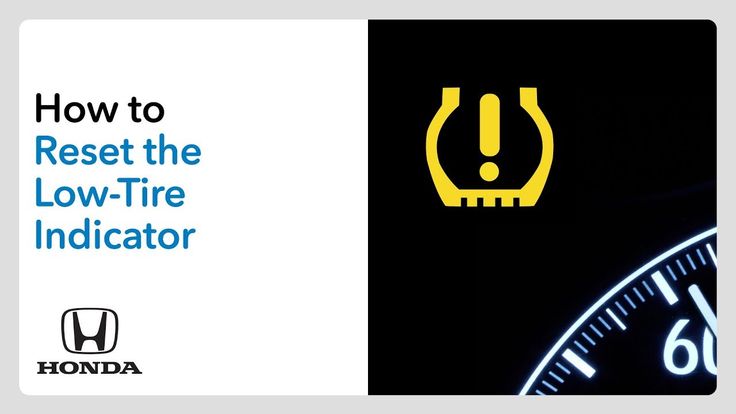 He appears to be normal. Then they calm down, start the engine and calmly continue to move, believing that the light bulb lit up due to an electrical failure. However, this is a big mistake. "Oil starvation" can begin even with a full crankcase.
He appears to be normal. Then they calm down, start the engine and calmly continue to move, believing that the light bulb lit up due to an electrical failure. However, this is a big mistake. "Oil starvation" can begin even with a full crankcase.
The reason is not the oil level, but the stoppage of its circulation. Roughly speaking, without the necessary pressure, the oil stops pumping through the complex channels of the engine and stagnates, locally exposing rubbing parts. Due to a lack of lubrication during operation, they break through the protective film, surface friction of metal on metal begins, and then damage to the surfaces.
When you continue driving, the motor first overheats, then it starts to make noise, and then immediately fails with bumps and grinding.
Thus, jamming of the camshaft of the valve mechanism with subsequent bending of the valves, destruction of the boost turbine, damage to the rocker arms, as well as rotation of the crankshaft liners and even jamming of the rings in the sleeve up to the destruction of the pistons can occur. All this turns into a major overhaul of the engine.
All this turns into a major overhaul of the engine.
In general, the red lamp is no joke. When it catches fire, most often a serious motor repair is required. Well, the way to the workshop is better to overcome on a tow truck.
car maintenance tips for motorists
Next article
 How to prevent the engine from stalling in the cold
How to prevent the engine from stalling in the cold Media news2
Fresh number
RG-week
Rodina
thematic applications
Union
Fresh number
Category:
Cars 9000,05.2021 11:03
Maya Biryukova
If a sensor warning of a lack of oil lights up on the dashboard, not all motorists immediately rush to buy lubricant.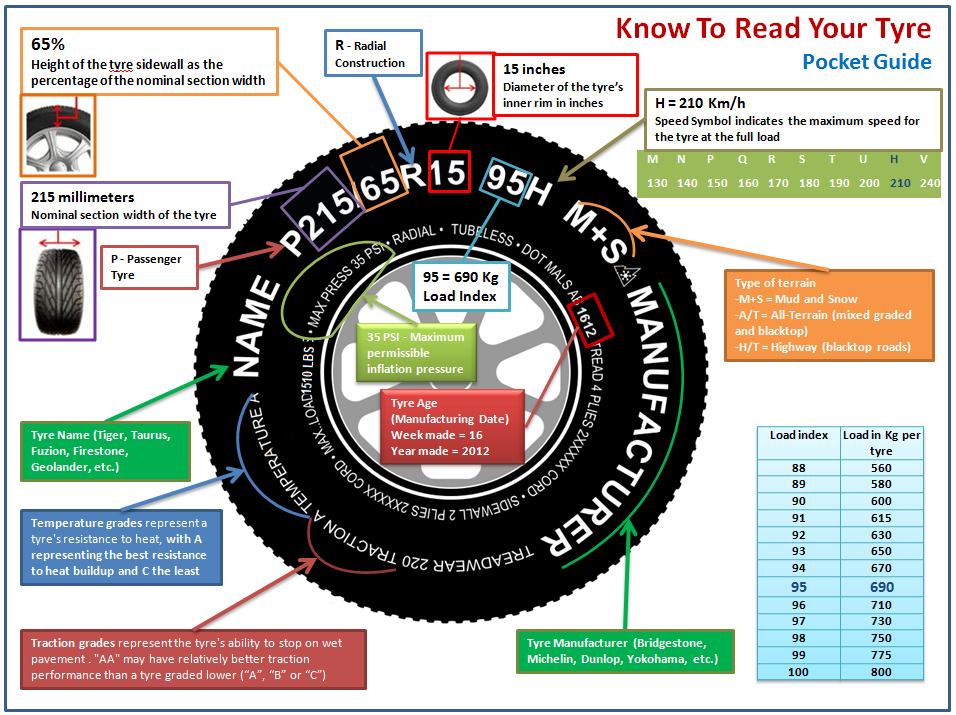 Some ignore the badge and keep driving.
Some ignore the badge and keep driving.
iStock
How long will the engine be able to withstand the onset of oil starvation? In such a situation, rubbing parts experience increased loads. More than others goes to the liners and cylinder walls, the camshaft.
However, a yellow or white lamp that turns on does not yet mean that oil starvation has begun, writes aif.ru. The icon indicates that the lubricant level has decreased by 1 liter from the minimum. With old engines, such an oil level was dangerous, because under the action of the shafts the liquid sprayed poorly, its amount had to be constantly monitored. Now the situation is saved by the oil pump, which is responsible for the smooth operation of all mechanisms.
Modern manufacturers overestimate the amount of oil in the crankcase. When driving downhill, its level changes, so theoretically the suction receiver tube can become bare and scoop up air. This is fraught with overheating. Therefore, oil should be in reserve. A light on indicates that the liquid level has dropped in the original reservoir. And so that the tube does not become bare, it really should be replenished faster.
A light on indicates that the liquid level has dropped in the original reservoir. And so that the tube does not become bare, it really should be replenished faster.
The red light will come on when the oil pan starts drawing air from the crankcase. Gas locks lead to a decrease in pressure in the lubrication system. This is a signal to stop moving.
If the warning is ignored, parts will begin to wear rapidly. The camshaft due to lack of lubrication can jam, as well as the crankshaft, pistons in cylinders and other mechanisms. As a result, the walls of the cylinder block may collapse.
Summary: after the yellow light comes on, you can drive another 200-300 kilometers. During this time, the oil level must be replenished. If the red light is on, call a tow truck. With such a warning, you can’t go at all, even to the nearest service. Engine damage can be irreversible.
It may be that the red lamp does not warn of an oil level, but of an oil pump failure. So checking the fluid with a dipstick will not be enough.